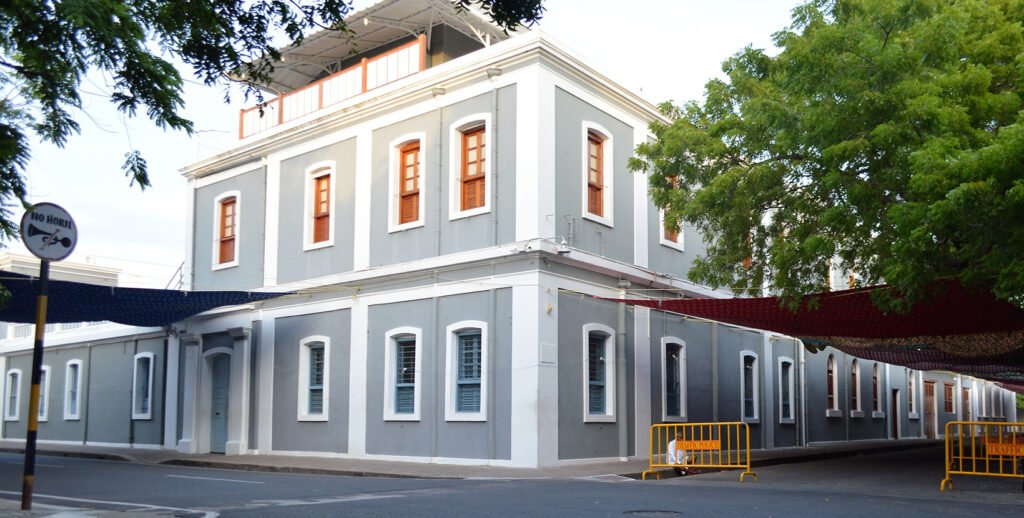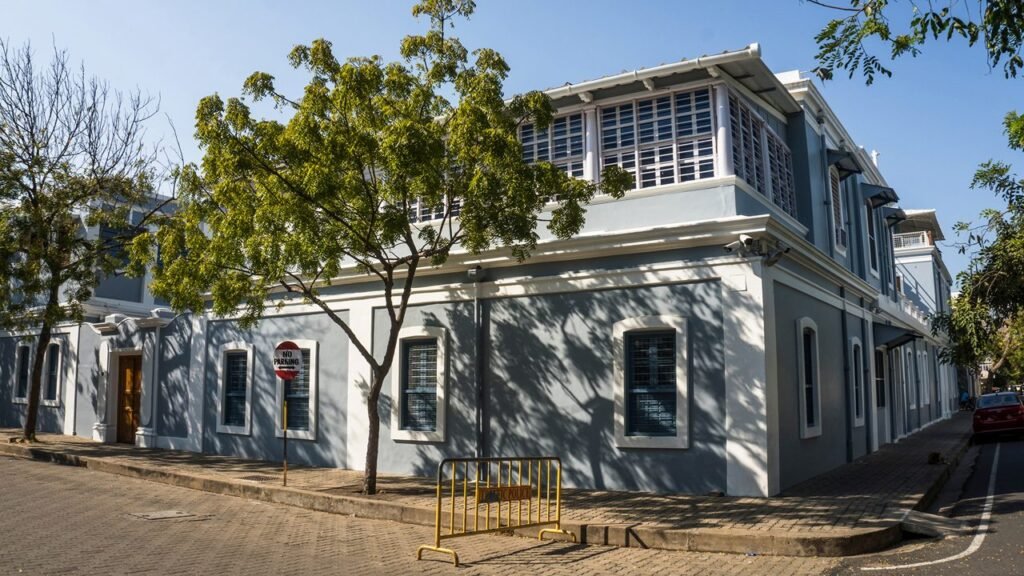The French Quarter in Pondicherry, also called White Town, is an iconic destination marrying French colonial elegance with vibrant Indian culture. With its pastel buildings, tree-lined boulevards, and a distinct old-world charm, this unique neighborhood offers an immersive historical and cultural experience along the Bay of Bengal.
Location, Accessibility, and Getting There
- Location: The French Quarter lies on the eastern coast of southern India within central Pondicherry, separated from the Tamil Quarter by a canal.
- Nearest Airport: Pondicherry Airport, about 6 km from White Town; the major international gateway is Chennai International Airport, about 150 km away.
- By Rail: Puducherry Railway Station connects the town to Chennai, Bengaluru, and other major cities.
- By Road: Accessible by car, taxi, or bus from Chennai via the scenic East Coast Road (ECR), a journey of about 3.5 hours.
Key Details:
- Guided walks, French pastries, heritage hotels, and artisan shopping create a varied experience for every traveler.
- All prices are average for 2025; variables include season, choice of lodging, and activities.
- October to March offers cool weather, sea breezes, and vibrant festivals; summer and monsoon are less comfortable but quieter.
The Rich History of the French Quarter
The origins of Pondicherry’s French Quarter stretch back to 1673, when the French East India Company established its trading post in the coastal village. French official Bellanger and, later, Governor François Martin, played crucial roles in transforming the town from a sleepy fishing port to a flourishing French colony. Pondicherry saw multiple power struggles, changing hands between the Dutch, English, and French before firmly coming under French rule in the 18th century. The unique urban planning, organized into a grid pattern of straight, perpendicular streets, still defines the area today.
Some key historical milestones include:
- Arrival of the French in 1673, followed by the appointment of François Martin as the first governor in 1674.
- Expansion of trade and territory under dynamic governors like Lenoir and Dumas between 1726-1741.
- Influence of Governor Dupleix, who dreamed of a French colonial India, but whose ambitions were curtailed by British opposition.
- Return to Indian administration in 1954, after centuries of French colonial presence, yet residents were offered the choice to retain French citizenship, preserving a strong Franco-Indian identity.
Embracing the French and Indian Cultural Blend
What sets the French Quarter apart is its distinct blend of European and Tamil cultures. The area is famous for:
- Elegant mustard-yellow villas, arched windows, and pretty wrought-iron balconies.
- Streets with French names like Rue Suffren, Rue Dumas, and Rue Romain Rolland, often populated by locals chatting in both French and Tamil.
- A café culture reminiscent of France, with boulangeries serving croissants, cheese, and expertly brewed coffee alongside spicy South Indian dishes.
Annual cultural festivals further celebrate this blend, the most notable being the French Festival, a celebration of art, cuisine, and fashion that draws visitors from across the world.
Must-Visit Tourist Spots in the French Quarter
The French Quarter’s vibrancy lies not only in its architecture but in its many cultural and historical sites. Highlights include:
- Promenade Beach: Perfect for sunrise walks, this scenic stretch is adorned with colonial-era statues and cafés.
- Basilica of the Sacred Heart of Jesus: A stunning Gothic church known for its stained-glass windows.
- French Consulate: A symbol of France’s enduring relationship with Pondicherry, admired for its architecture but not open for public tours.
- Government Square: Home to Raj Nivas (the Lieutenant Governor’s residence) and other colonial-era buildings.
- Sri Aurobindo Ashram and Auroville: Spiritual hubs that attract seekers from around the world.
- Kalki Boutique & Cluny Embroidery Centre: Showcasing artisanal crafts and hand-embroidered garments, blending French finesse with Indian skills.
Guided heritage walks are a popular way to absorb the stories, street art, and secret corners of the Quarter.
Exploring on Foot: The Heritage Walk Experience
The best way to experience the French Quarter is by walking through its quaint lanes. Notable routes and stops include:
- Start: In front of the French Consulate on Rue de la Marine.
- Streets traversed: Rue Suffren, Rue Dumas, Rue Romain Rolland.
- Notable sites: Foyer du Soldat, Governor’s Palace, French War Memorial, Old Lighthouse.
- Local guides share tales of colonial history and hidden personalities that shaped White Town.

The Impact on Culture, Cuisine, and Daily Life
Residents of the French Quarter often speak French, and many hold dual citizenships, a reflection of the colonial legacy. With classic Parisian bakeries standing alongside South Indian eateries, the culinary landscape is rich and varied, think baguettes, coq au vin, and dosas all within a block.
- Art and Festivals: The area is dotted with art galleries, boutiques, and studios hosting exhibitions and live performances.
- Lifestyle: The calm, laid-back atmosphere encourages a slower pace, making it a popular destination for travelers seeking relaxation as well as inspiration.
Revenue and Tourism Growth
Tourism forms a critical part of Pondicherry’s economy. The “French touch” and heritage tourism draw increasing numbers of visitors:
- In 2006, nearly 700,000 tourists visited Pondicherry, with a consistent annual growth of more than 20%, outpacing the national average.
- By 2017, tourist arrivals climbed to over 1.6 million, underscoring the Quarter’s international and domestic appeal.
- Foreign tourists, especially those with French roots, make up about 5% of the total, drawn by nostalgia and cultural curiosity.
- The hospitality sector is robust and growing, with heritage hotels, charming guesthouses, and luxury stays in colonial villas.
FAQs About the French Quarter, Pondicherry
What is the French Quarter in Pondicherry?
It is a historic colonial district characterized by French-style villas, tree-lined streets, and a unique blend of French and Indian cultures, also called White Town.
Where is the French Quarter located?
White Town lies in the heart of Pondicherry, bordered by the Bay of Bengal and separated by a canal from the Tamil Quarter.
How can one reach the French Quarter?
Travelers can drive from Chennai (about 3.5 hours), fly into Puducherry or Chennai airport, or use trains connecting major south Indian cities.
Why do people visit the French Quarter?
For its heritage walks, colonial architecture, vibrant cafés, beaches, art galleries, and a tranquil Franco-Indian vibe, unique in India.
What cultural festivals can be attended here?
The French Festival in July is a major draw, celebrating art, food, music, and the deep Indo-French connections.
Are heritage walks and guided tours available?
Yes, several agencies offer guided heritage walks, often with breaks in French-style cafés for a local breakfast experience.
What are the top eateries to try French cuisine in Pondicherry?
Famed cafés and bakeries like Café des Arts, Baker Street, and Le Dupleix offer authentic French pastries, desserts, and meals alongside Indian fare.
